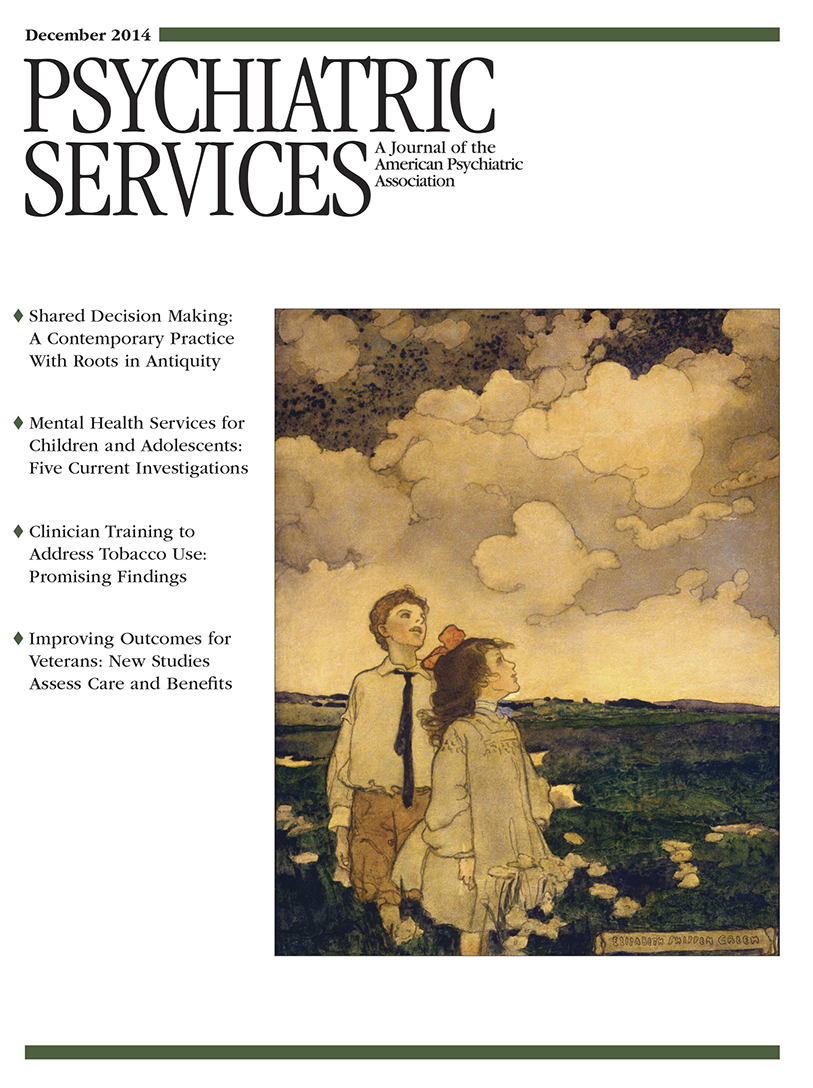The Diminished Pipeline for Medications to Treat Mental Health and Substance Use Disorders
Abstract
Objective:
Psychotropic drug development is perceived to be lagging behind other pharmaceutical development, even though there is a need for more effective psychotropic medications. This study examined the state of the current psychotropic drug pipeline and potential barriers to psychotropic drug development.
Methods:
The authors scanned the recent academic and “grey” literature to evaluate psychotropic drug development and to identify experts in the fields of psychiatry and substance use disorder treatment and psychotropic drug development. On the basis of that preliminary research, the authors interviewed six experts and analyzed drugs being studied for treatment of major psychiatric disorders in phase III clinical trials.
Results:
Interviews and review of clinical trials of drugs in phase III of development confirmed that the psychotropic pipeline is slim and that a majority of the drugs in phase III trials are not very innovative. Among the barriers to development are incentives that encourage firms to focus on incremental innovation rather than take risks on radically new approaches. Other barriers include human brain complexity, failure of animal trials to translate well to human trials, and a drug approval threshold that is perceived as so high that it discourages development.
Conclusions:
Drivers of innovation in psychotropic drug development largely parallel those for other drugs, yet crucial distinctions have led to slowing psychotropic development after a period of innovation and growth. Various factors have acted to dry up the pipeline for psychotropic drugs, with expert opinion suggesting that in the near term, this trend is likely to continue.



